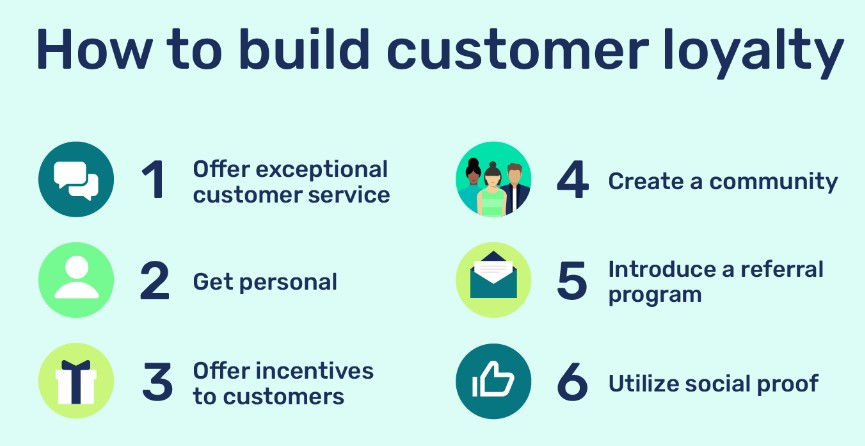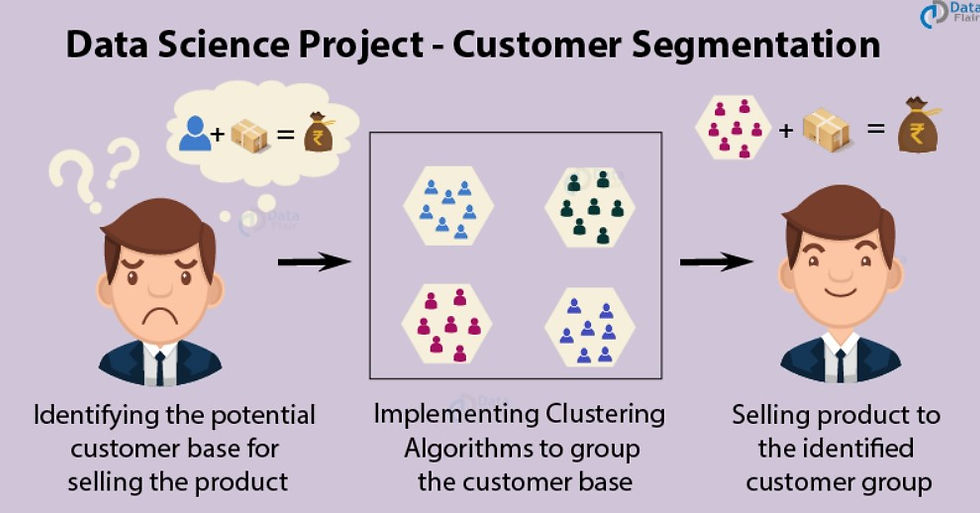Understanding the Main Types of Customers and Consumers
- Peak Frameworks Team

- Jun 21, 2023
- 4 min read
Updated: Jan 30, 2024
If you're interested in breaking into finance, check out our Private Equity Course and Investment Banking Course, which help thousands of candidates land top jobs every year.
Understanding Customers and Consumers
Different customers exhibit distinct needs, behaviors, and preferences, providing a multifaceted landscape of engagement opportunities.
As such, accurately classifying customers and understanding their unique characteristics can significantly influence your business approach, marketing strategies, product development, and overall customer service.

This comprehensive article is designed to delve into the four primary types of customers. It provides a deeper understanding of their characteristics and specific needs, along with actionable strategies for effective engagement and service delivery.
The Importance of Identifying Customer Types
When you can accurately categorize your customer base, you are empowered to personalize your offerings to meet their specific needs. Furthermore, it enables you to communicate more effectively, using language and messaging that resonates with each customer type, thus improving customer satisfaction and loyalty.
Customer segmentation also aids in resource allocation, allowing firms to prioritize efforts and investments according to the value and potential of different customer groups. This strategic understanding often proves invaluable in maintaining a competitive edge and driving sustainable business growth.
The Four Main Types of Customers
Transactional Customers
Transactional customers are primarily driven by the value-for-money principle. They are diligent in comparing offerings from various providers, aiming to choose the one that delivers the most bang for their buck. In their quest for value, they often display little brand loyalty and may switch service providers in response to better offers.
A well-known example of this type of customer behavior is a consumer who selects a bank solely based on the interest rates offered on savings accounts or term deposits. Engaging these customers effectively requires a keen understanding of market trends, competitive pricing, and value-added offerings, coupled with tactical promotional strategies.
Loyal Customers
Loyal customers are the stalwarts, exhibiting a strong affinity for a particular service provider. These customers often regard the financial institution as a trusted partner, relying on their services over an extended period, and are less likely to be swayed by competitor offerings.

Consider the case of a longstanding client with J.P. Morgan who, over the years, has used their retail banking, wealth management, and mortgage services. The client's consistent relationship with the institution signifies a level of trust and satisfaction that transcends transactional value.
Retaining and nurturing such customers necessitates top-notch customer service, consistent performance, and personalized interactions that reinforce their loyalty and enhance their customer experience.
Impulse Customers
Impulse customers are characterized by spontaneity in their decision-making. They are often driven by immediate triggers such as breaking news or hot tips and act quickly to take advantage of perceived opportunities.
Take, for example, the proliferation of day traders amidst the GameStop stock frenzy in 2021. Many individuals were drawn by the hype and potential for quick gains, leading to impulsive buying. Robinhood, an investment platform that facilitates easy and swift trading, capitalized on this behavior, gaining a significant number of new users.
To cater effectively to impulse customers, service providers must ensure timely access to information, an easy-to-navigate platform for swift transactions, and real-time support to handle queries and concerns.
Need-Based Customers
Need-based customers engage with financial institutions to fulfill specific requirements or goals. These customers typically have clear objectives and seek specialized solutions to address their unique needs.
For instance, a first-time homebuyer approaching Bank of America for a mortgage loan requires personalized attention, step-by-step guidance, and clarity on the process and associated costs.
Need-based customers value efficiency and transparency, so it is crucial for service providers to streamline processes, maintain clear and open communication channels, and deliver tailored solutions that align with their goals.
The Role of Technology in Identifying and Servicing Different Customer Types

In the digital age, technology has emerged as a powerful ally for finance professionals in identifying and serving different customer types. Data analytics and artificial intelligence (AI) have revolutionized the customer segmentation landscape, enabling firms to unlock valuable insights from vast amounts of customer data.
By leveraging technology, financial institutions can identify patterns, predict customer behaviors, and personalize offerings to suit individual customer preferences. For example, American Express uses predictive analytics to forecast customer spending patterns and tailor its reward programs accordingly, enhancing customer satisfaction and loyalty.
Best Practices in Engaging Different Types of Customers
Transactional Customers
Offer competitive pricing to attract and retain their business.
Implement promotional strategies such as limited-time discounts or cash-back offers.
Leverage customer data to understand their preferences and tailor offers to match their needs.
Loyal Customers
Provide excellent customer service to reinforce loyalty and trust.
Personalize interactions and communications to make them feel valued.
Offer exclusive benefits, rewards, and personalized solutions based on their history and preferences.
Impulse Customers
Provide timely and easily digestible information about investment opportunities.
Create a user-friendly platform that enables quick and seamless transactions.
Offer real-time support and educational resources to guide their decision-making.
Need-Based Customers
Simplify processes and minimize friction points in their journey.
Communicate clearly and transparently about products, services, and associated costs.
Provide personalized guidance and expert advice to help them achieve their specific goals.
Flexibility and adaptability are essential across all customer types. By continually monitoring customer feedback, staying attuned to evolving needs, and adapting strategies accordingly, finance professionals can foster stronger customer relationships and drive long-term success.
Conclusion
Understanding the different types of customers within the finance industry is pivotal for achieving business success. By effectively identifying customer types, professionals can refine their strategies, enhance customer experiences, and ultimately achieve sustainable growth in a highly competitive landscape.



